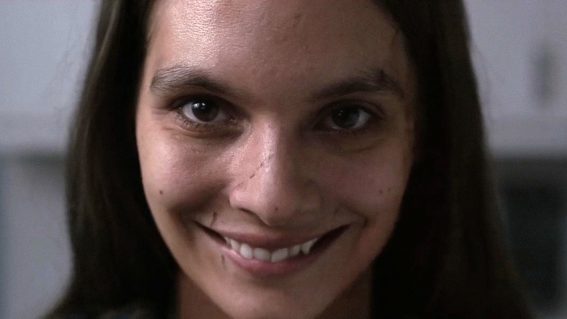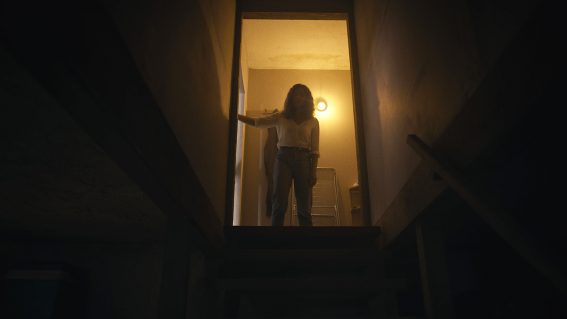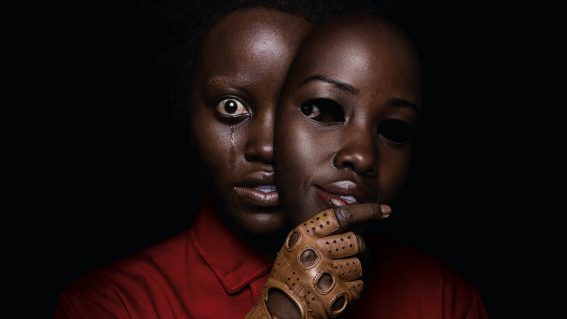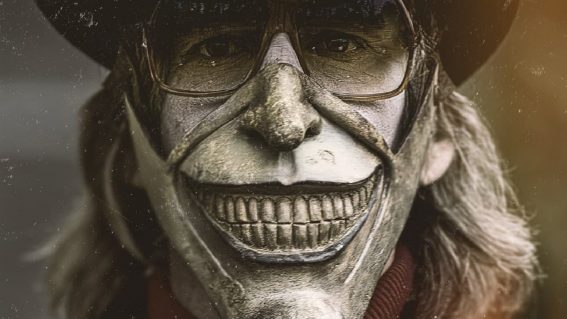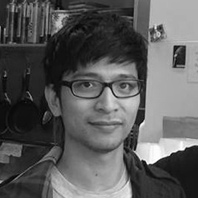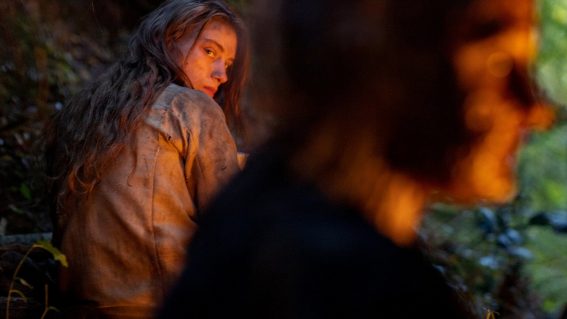
Everything you wanted to know about the Saw franchise but were afraid to ask

Why are the Saw films so popular? What are the most memorable moments? Which other movies did they inspire? David Michael Brown explores a franchise in which every piece is part of a very bloody puzzle.
The billion-dollar earning Saw franchise has a lot to answer for. Not only did the ingeniously gruesome gore fests spearhead the horrific “torture porn” horror sub-genre that spawned Eli Roth and the sickening Grand Guignol of Hostel (2005) along with The Collector films, Wolf Creek, and everything that Rob Zombie has ever made but indirectly, we have the success of Saw to thank for The Conjuring franchise including Annabelle (2014) and The Nun (2018), the Insidious films, Fast And Furious 7 (2015), Aquaman (2018), last year’s The Invisible Man (2020) and the new spin-off Spiral: From The Book Of Saw.
Not bad for the twisted low-key chiller that shocked cinema audiences back in 2004.
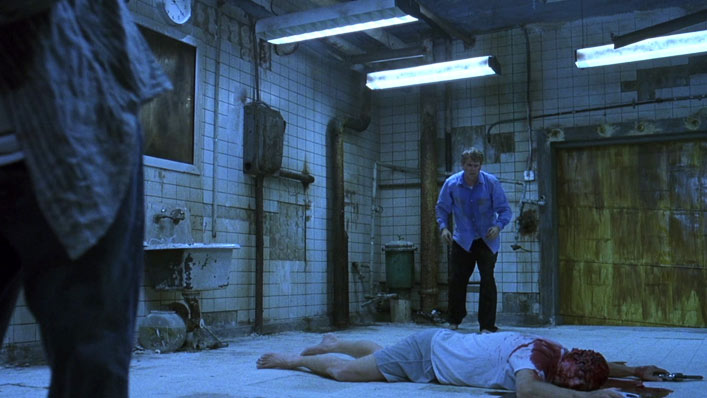
The original gave M. Night Shyamalan a run for his money
Created by Aussies James Wan and Leigh Whannell, based on their short film of the same name, Saw gave M. Night Shyamalan a run for his money in the twisty finale stakes and featured the best “saw through your own ankle” moment since Max Rockatansky handed Johnny a hacksaw in the original Mad Max (1979). In the horror genre, only the Friday The 13th franchise can boast so many sequels with a semi-continuous storyline and like those films, critics are often dumbfounded by the Saw film’s success at the box-office.
Look past the bloodshed and the devilishly conceived death moves, however, and the first film is a brilliantly sustained slice of gruesome fun that never loosens its grip after an attention-grabbing opening. Photographer Adam Faulkner-Stanheight (Whannell) awakens in a dark dilapidated bathroom, second only to the “worst toilet in Scotland” in Trainspotting in the disgusting stakes, his ankle chained to a pipe. Across the room is oncologist Dr. Lawrence Gordon (Cary Elwes) who has also been shackled.
Between them is a man lying on the ground. His head caved in, blood has pooled on the floor around his skull and his shirt is caked in dried plasma. In his hands, he is holding a revolver and a microcassette recorder. The game—and the franchise—had begun.

The Jigsaw is one freakishly warped serial killer
Saw—and its subsequent sequels—introduced the world to John Kramer (Tobin Bell), the serial killer whose warped psyche is only matched by his ingenuity and the creepy talking puppet called Billy, who often represents him on video screens when talking to his victims. The media nicknamed him The Jigsaw killer due to his calling card…he slices off a puzzle-shaped piece of skin from those who fail his tests.
The backstory behind his killer instincts shows a human side to proceedings. John is a former civil engineer dying from an inoperable frontal lobe tumour that had developed from colon cancer. He discovers a new appreciation for life after a failed suicide attempt and decides to use his engineering skills to punish anyone he deems to be wasting their opportunity for living.
He sets his vengeful sights on adulterers, thieves, murderers and general undesirables and forces the wrongdoers to take part in deadly scenarios. These are often symbolic of their moral shortcomings, in which they were forced to inflict pain upon themselves or others in order to escape.

The sequels got progressively nastier
The savage sequels, all seven of them, became notorious for their progressively nastier set pieces and the horrific traps and contraptions that sliced and diced their way through the cast. The macabre games were designed to test the victim’s will to live, often casting them as judge, jury and executioner. A truly horrible example is the pound of flesh trap in Saw VI (2009) in which two hapless victims are forced to cut pieces of their own body off to tip the scales in their favour. One hacks off chunks of their belly while the other chops off their arm. The winner “survives”, the loser is drilled through their cranium.
From the first film’s “reverse bear trap” that re-appeared with face-ripping results in Saw: The Final Chapter (2010) to the nerve-wracking “shotgun carousel” in Saw VI, these rabble-rousing moments showcase not only the inventiveness of Jigsaw and his apprentices but the worrying imagination of the filmmakers.

James Wan and Leigh Whannell have influenced the entire series
Wan and Whannell have been omnipresent throughout the series. Both as executive producers on Saw II (2005) to Saw: The Final Chapter and the Spierig brothers directed Jigsaw. Whannell also wrote sequels II and III and made an appearance in the third film. Wan handed the directorial duties to Darren Lynn Bousman for the first three sequels, David Hackl for Saw V, editor turned director Kevin Greutert took the reins for Saw VI and Saw: The Final Chapter. And now Bousman has returned to the bone-crunching fold with Spiral: From The Book Of Saw.
The franchise has always attracted a top line in acting talent but with Spiral, Hollywood stardom has arrived in the form of Chris Rock and Samuel L. Jackson. Rock plays Det. Ezekiel “Zeke” Banks, a brash wise-cracking cop on the hunt for a suspected copycat killer whose murderous modus operandi is a little too familiar. Jackson plays Zeke’s equally brash wise-cracking ex-cop father. Like the fleshy mementos that Jigsaw cuts from his victims, it will be fascinating to see where Spiral: From The Book Of Saw will fit. With the Saw franchise, every piece is part of the bloody puzzle.





